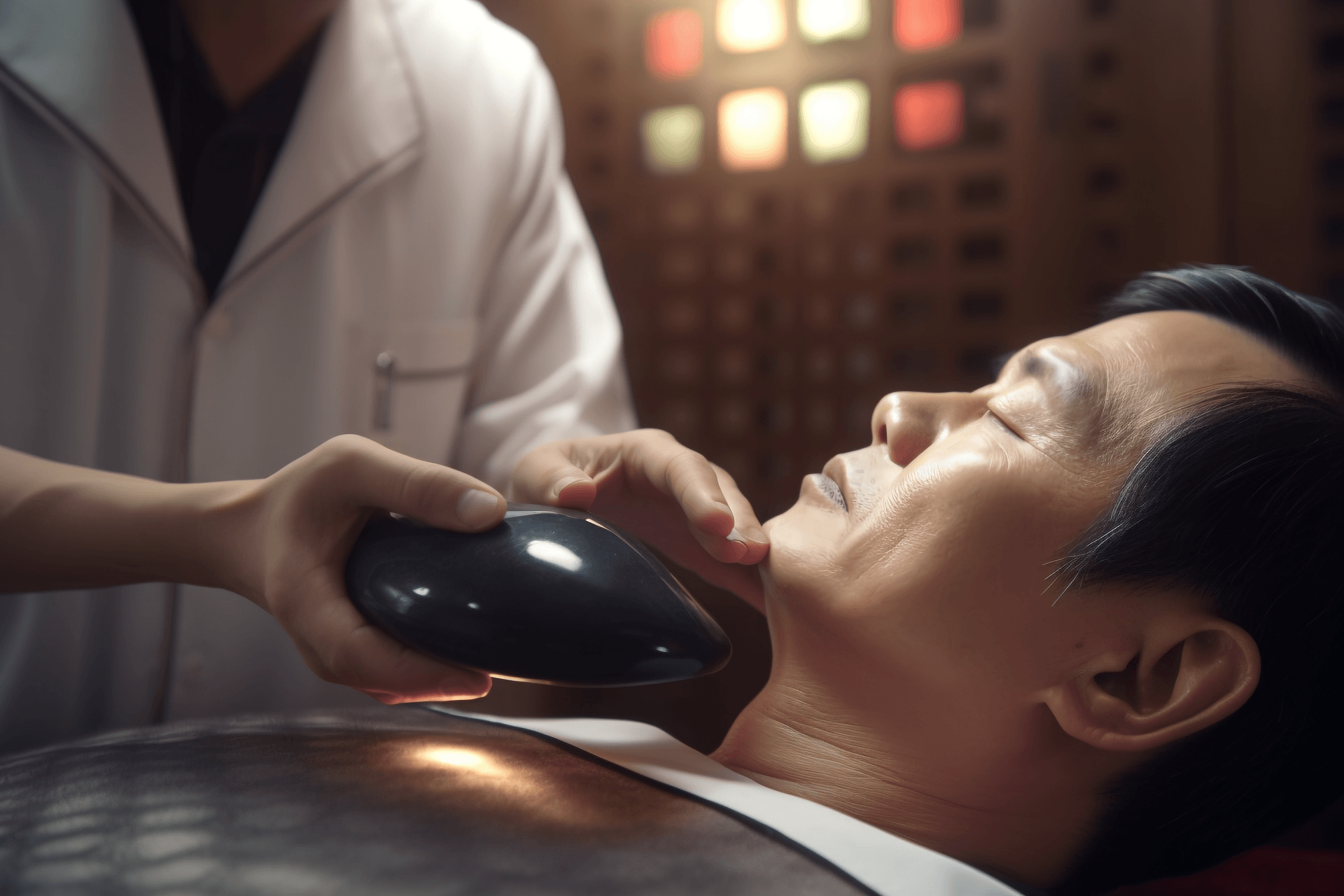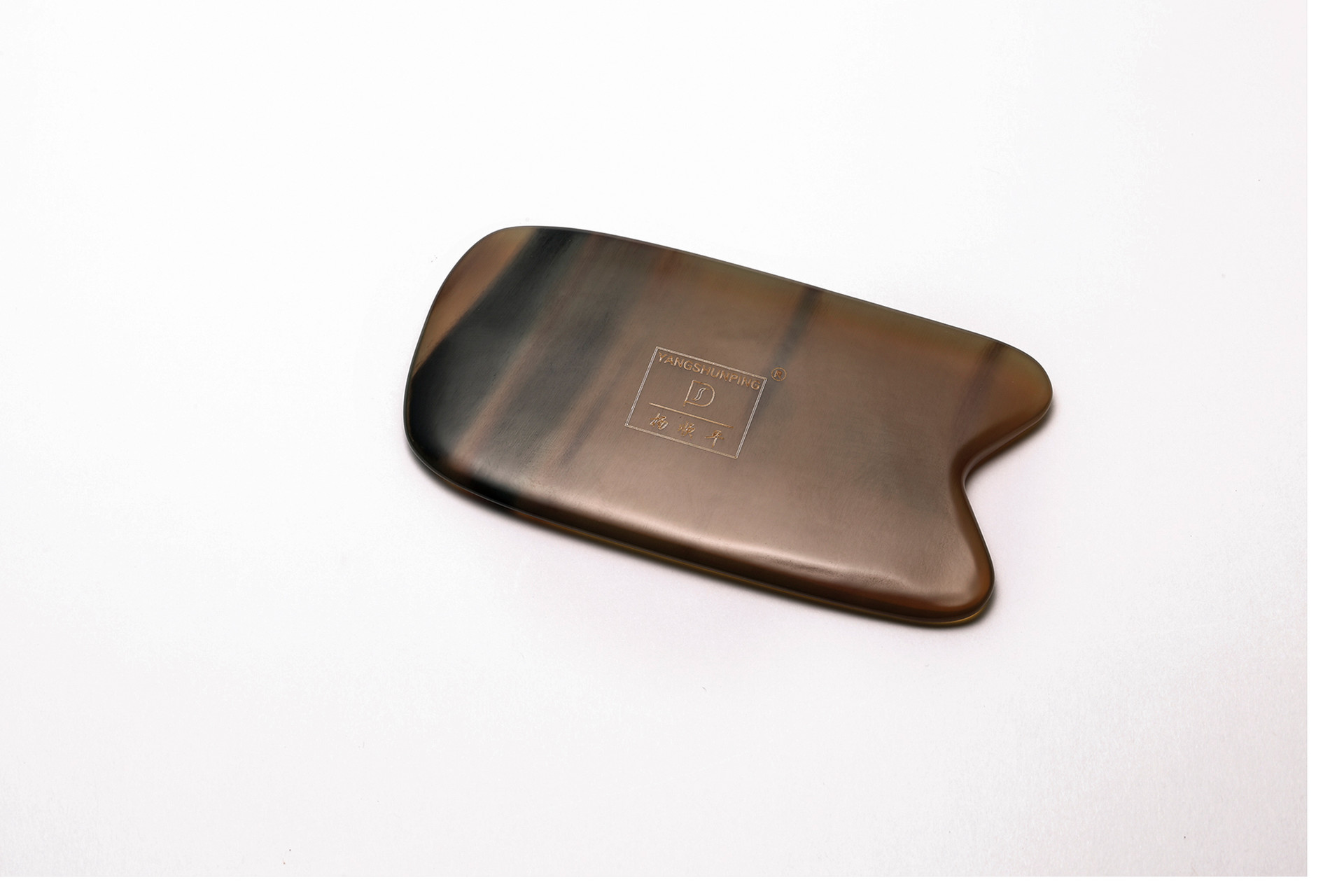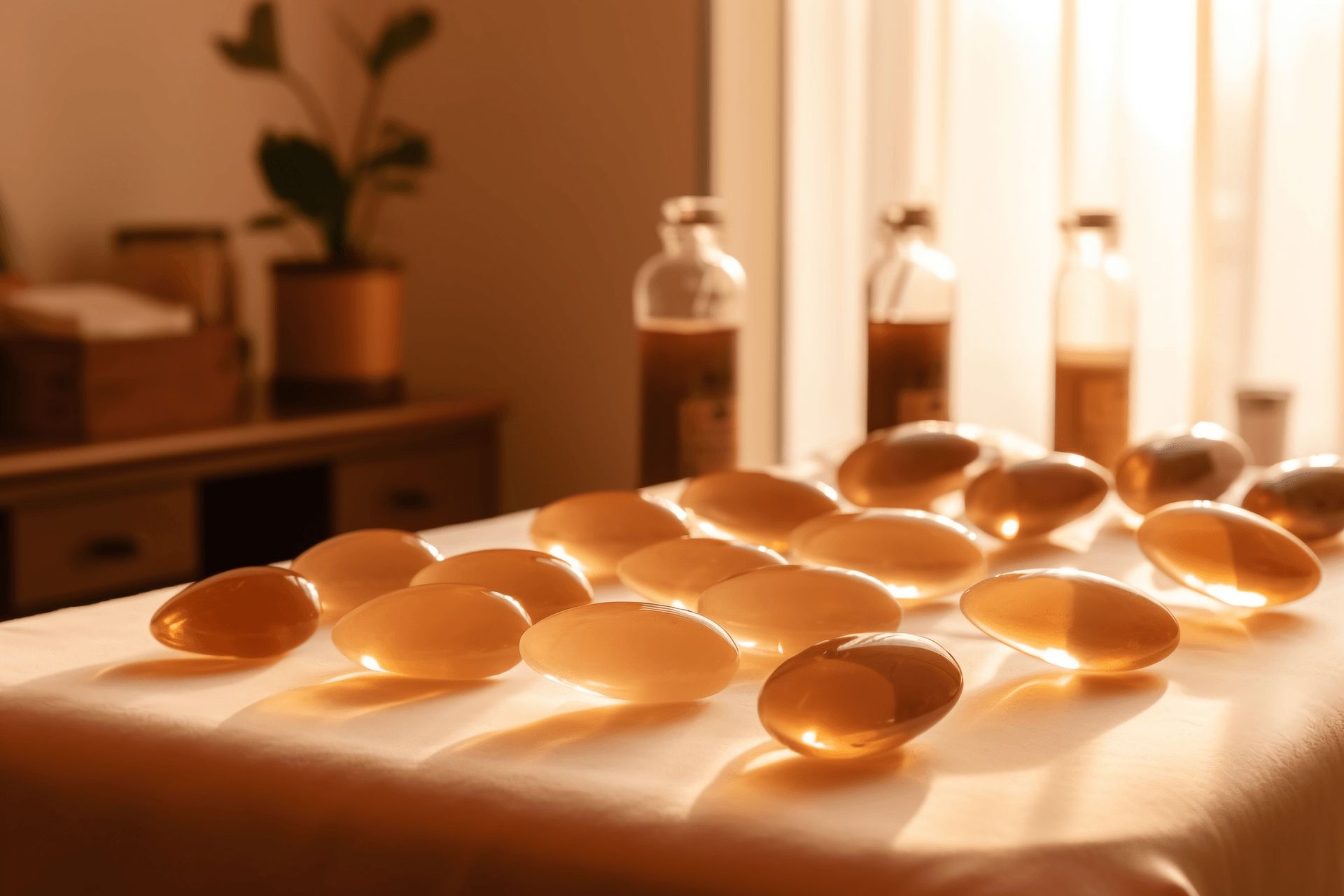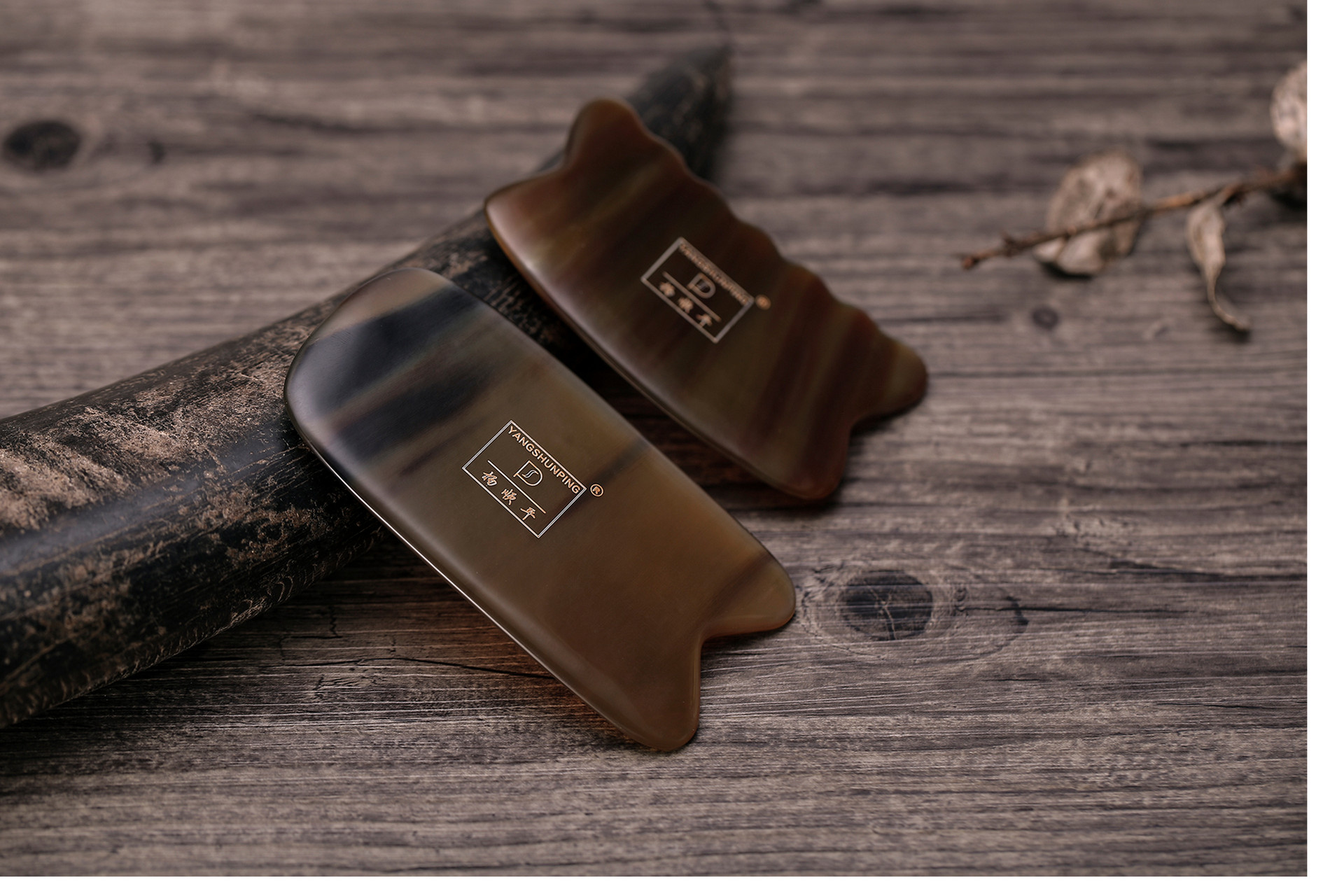Scraping is a healthy and leisurely way of health preservation, which has many benefits for the human body. However, it is important to note that scraping is not suitable for everyone. Today, I will talk to you about who is not suitable for scraping, how to scrape, and where to scrape for wind-heat colds.
Who is not suitable for scraping
1. Patients with serious illnesses: Patients with serious acute illnesses such as malignant tumors, diabetes, heart disease, hepatitis, acute infectious diseases, etc., should be immediately sent to the hospital for observation and treatment to avoid delaying treatment and worsening the condition.
2. People with bleeding tendencies, such as patients with leukemia or severe thrombocytopenia, are strictly prohibited from scraping.
Scraping itself can cause bleeding easily. If patients with bleeding disorders scrape, it can lead to rapid blood flow and increase the risk of bleeding.
3. People with highly sensitive skin or skin diseases, such as skin damage, ulcers, unhealed wounds, acne, boils, or contagious skin diseases, should not be scraped on the affected areas to prevent wound enlargement or infection. Scraping is also prohibited for people with injuries or fractures.
4. The elderly, weak individuals, pregnant women, those with heavy menstrual flow or excessive vaginal discharge, and those on an empty stomach are also not suitable for scraping. Those who lack confidence or have allergies to scraping, as well as within half an hour before or after meals, should also refrain from scraping.
5. Scraping is prohibited on areas with prominent blood vessels, as well as on the eyes, ears, nostrils, tongue, lips, front and back genitals, and the navel (Shenque acupoint). However, you can avoid the blood vessels and use gentle pressing techniques to try scraping. For those with varicose veins or edema in the lower limbs, use the scraping board with a thick edge and gentle strokes from bottom to top. In addition, for patients with urinary retention, only gentle rubbing, pressing, and pushing techniques should be used.
For people with the above conditions, it is best not to choose scraping. How should scraping be done? Let's take a look together.
How to scrape
1. Angle
This refers to the angle formed between the scraping board and the skin. When the scraping board is perpendicular to the skin, it stimulates the skin strongly, making it easy to create sha marks and causing a sense of pain. When the angle between the scraping board and the skin is less than 90 degrees, it is not as easy to create sha marks as when scraping vertically, and it is less painful. Generally, a 60-degree angle is recommended.








